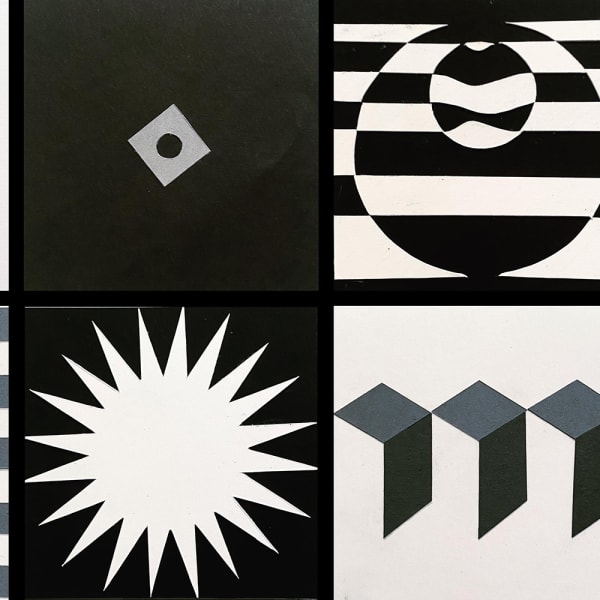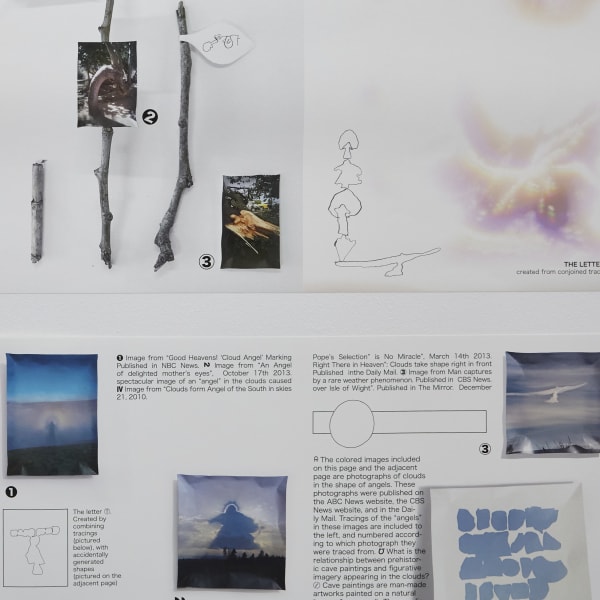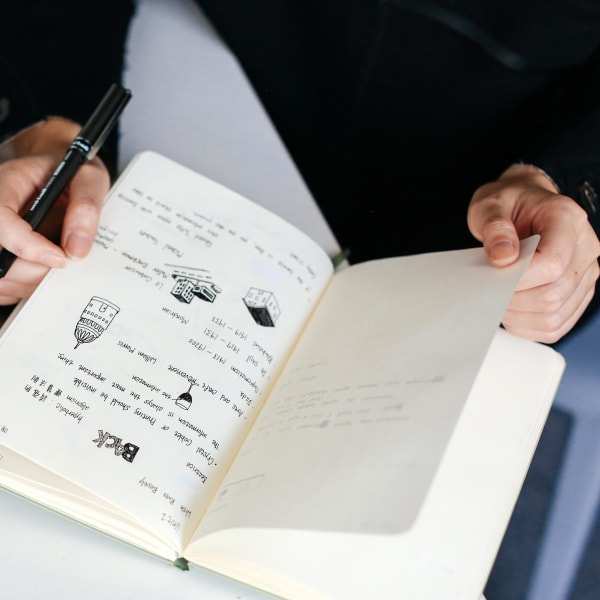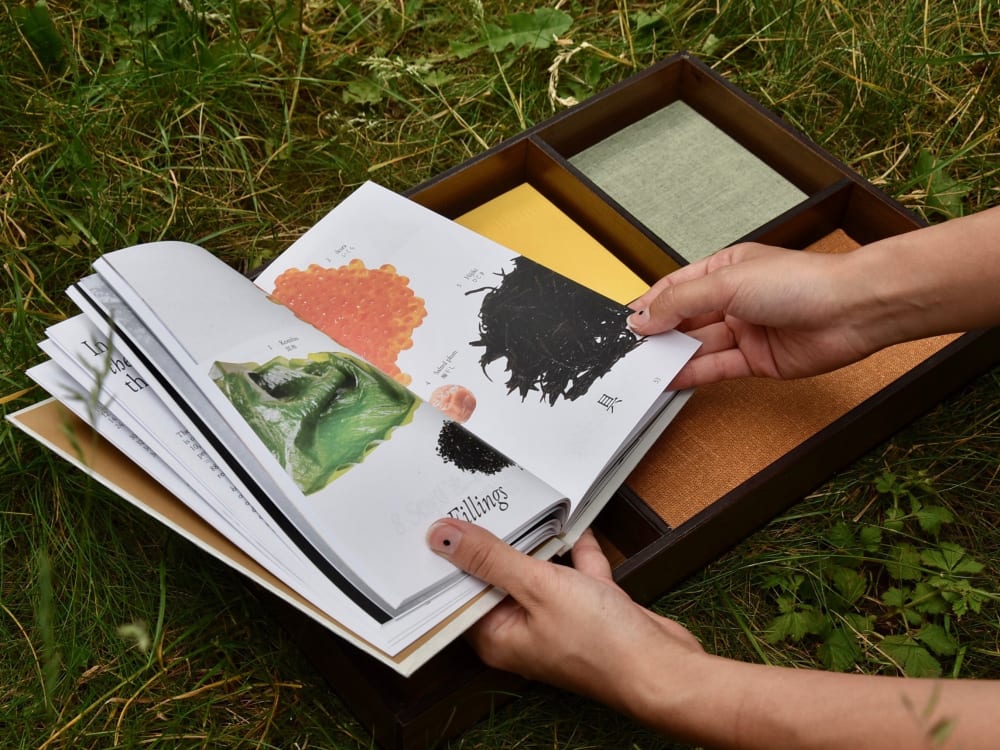
Course feature: Graphic Design Projects
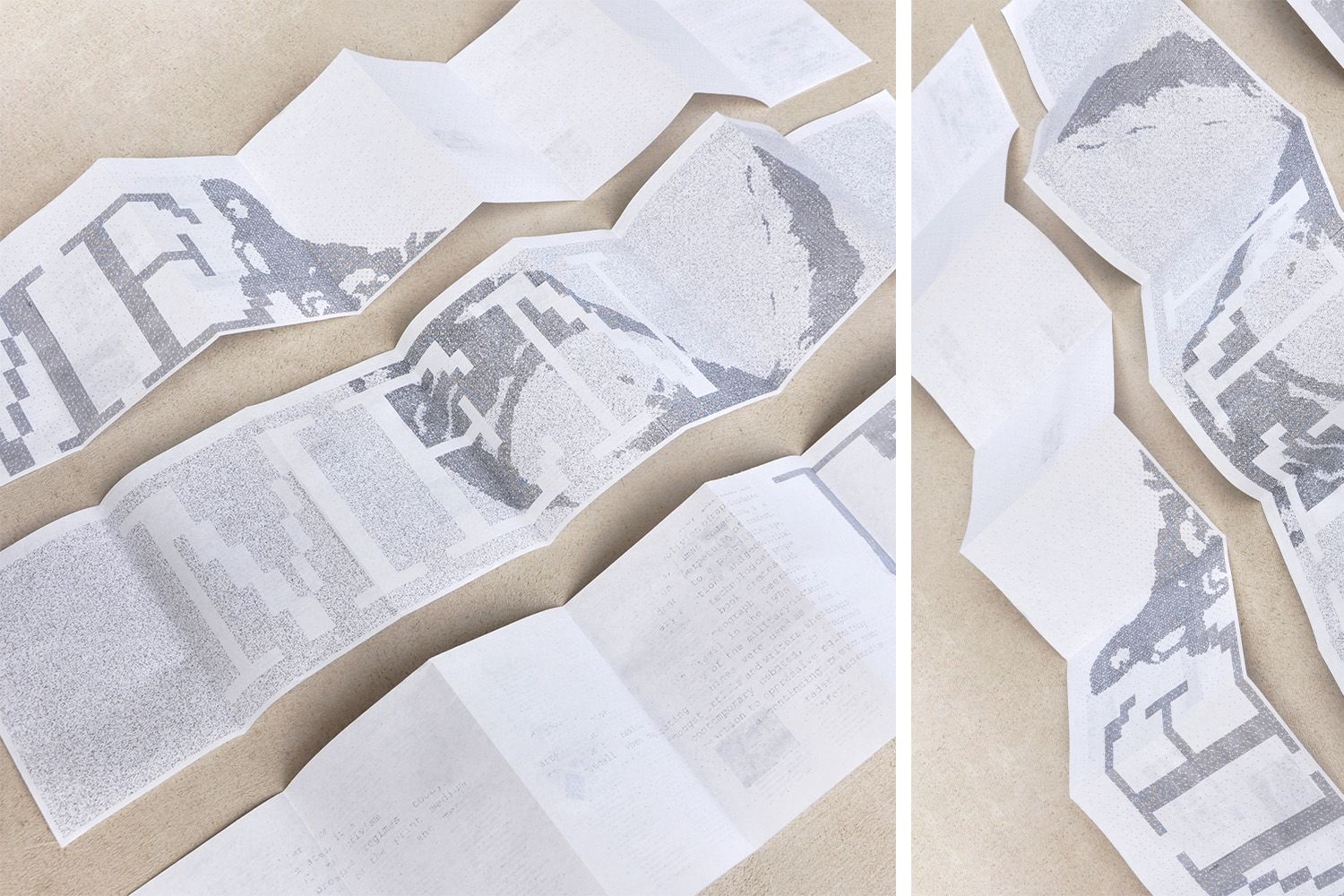
- Written byFreya McLean
- Published date 26 March 2024

Introducing our new self-paced online short courses - all about flexibility, they are an ideal choice for busy professionals. Study from any internet-connected location at a time that suits you! When you sign up for an on-demand course, you’ll be able to connect with other learners in an exciting global community.
Our new 10-week Graphic Design Projects Online Short Course is designed to help students gain an understanding of graphic design and visual communication as a practice.
To get a deeper understanding of this course we caught up with tutor Rachel Kirk. Rachel is a fellow of the Higher Education Academy, was awarded an MA in Graphic Communications from Central Saint Martins and has been working as a designer, communications consultant and teacher in London for twenty years.
Rachel also shares some of her industry knowledge throughout this piece on what it takes to become a graphic designer. For more tips on how to kickstart your career in graphic design read our article on how to become a graphic designer.
Who are you and what are you teaching?
My name is Rachel Kirk and I'm an Associate Lecturer in Graphic Communication Design at Central Saint Martins and I'm teaching the Graphic Design Projects course.
What are the first steps to becoming a graphic designer?
I feel it is important to learn about the history of graphic design and to critically examine how design is 'operating' in visual culture today. From advertising to big data, from protest to public health, communication design is everywhere and as designers it's important that we stay curious and question how and why visual language is used as it is.
Whether you want to get onto an academic course or break into the industry, your portfolio has the power to open doors ahead of you. Building and maintaining a standout folio is essential for designers, especially for those starting out and in the early stages of their career.
What is the Graphic Design Projects Short Course?
The course consists of several visual language exercises which call for students to do a series of 30-minute tasks and longer exercises. Students will also be developing and designing their own portfolios during this course.
There will be three distinct projects which students will take on during this course and it's those projects that will feature in their Graphic Design portfolio that they will complete towards the end of the course.
Who is the course for?
This course is designed for students who are perhaps new to graphic design or visual communication design and want to find out more about what that means and what's involved. But it's also suited to students who have some experience of graphic design or visual communication or other creative disciplines.

Why is this a great course?
It's a great way to take on a lot of learning and really build and develop your experience and your knowledge, but at a pace that suits your lifestyle and other commitments. We recommend that you take between 8-12 weeks to complete this course, which gives you a lot of scope to fit it in at the times that work best for you.
What topics are covered?
The topics and themes that will be covered in this course include the principles of visual language, including signs and symbols, visual semiotics and colour theory, principles of working with typography as a designer, the history of printed type and the classification and character of type. Also, principles of working with space. You'll also be conducting your own visual research which will form part of your projects.
We'll be touching on data visualisation as a practice, and you'll be exploring how design can be socially and environmentally engaged with this self-paced course.
What are some skills you need to be a successful graphic designer?
Most digital skills, like Photoshop and Illustrator, can be easily learnt online and with practice. While obviously important in today’s workplace, these are just tools, great tools, but just tools. It's your ability to think differently, experiment, research and communicate that will make you stand out.
In my opinion, you need curiosity and the motivation to explore, dig deeper and uncover new ways of seeing and doing things. You need to be able to communicate your ideas and explain your design process and decisions.
Final thoughts
In my experience the best way to learn and design is to make and do, not just think and plan, so my advice is to throw yourself into some design briefs and start building your folio.
Stop thinking and start doing!
Ready to take control of your learning and gain new skills?
Check out our full list of self-paced courses covering topics such as Fashion Design, Fashion Illustration and Digital Marketing.
Take a look at our upcoming short courses to find out what's coming up.
